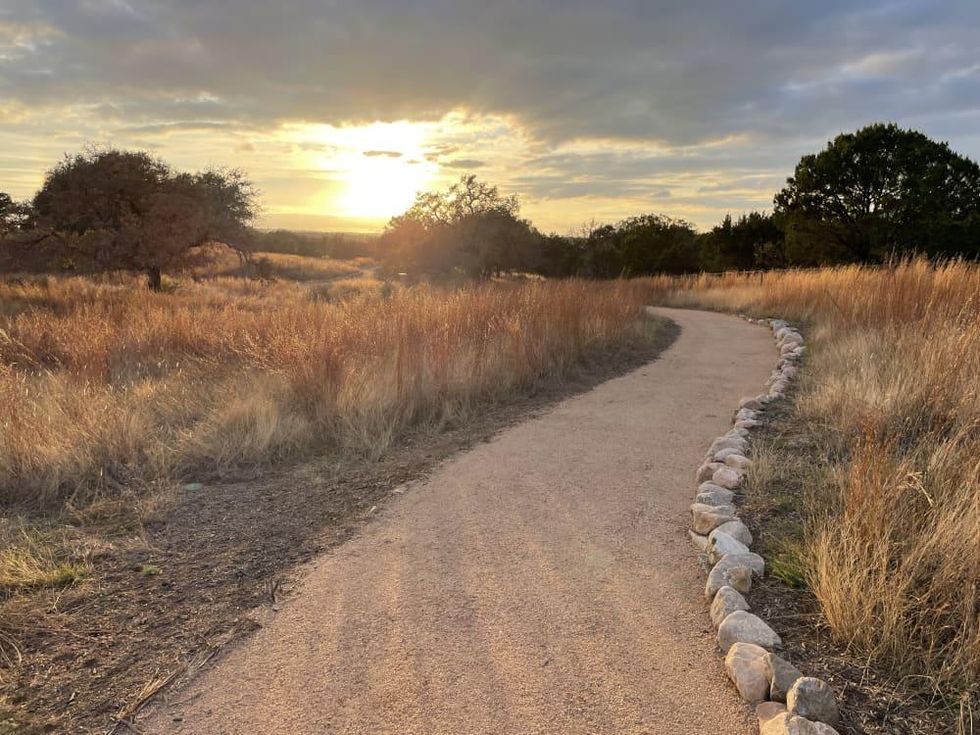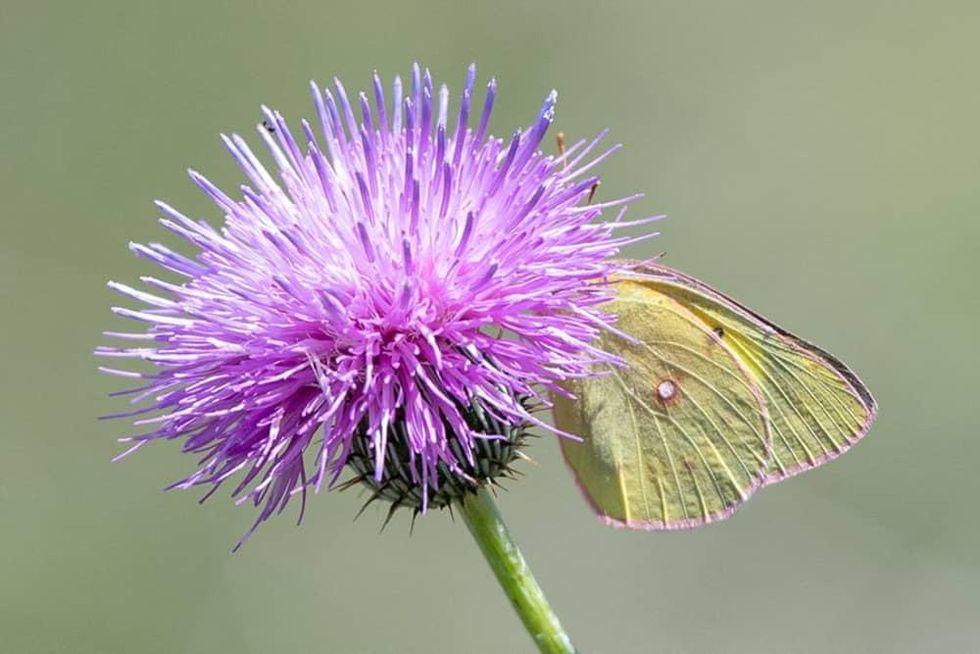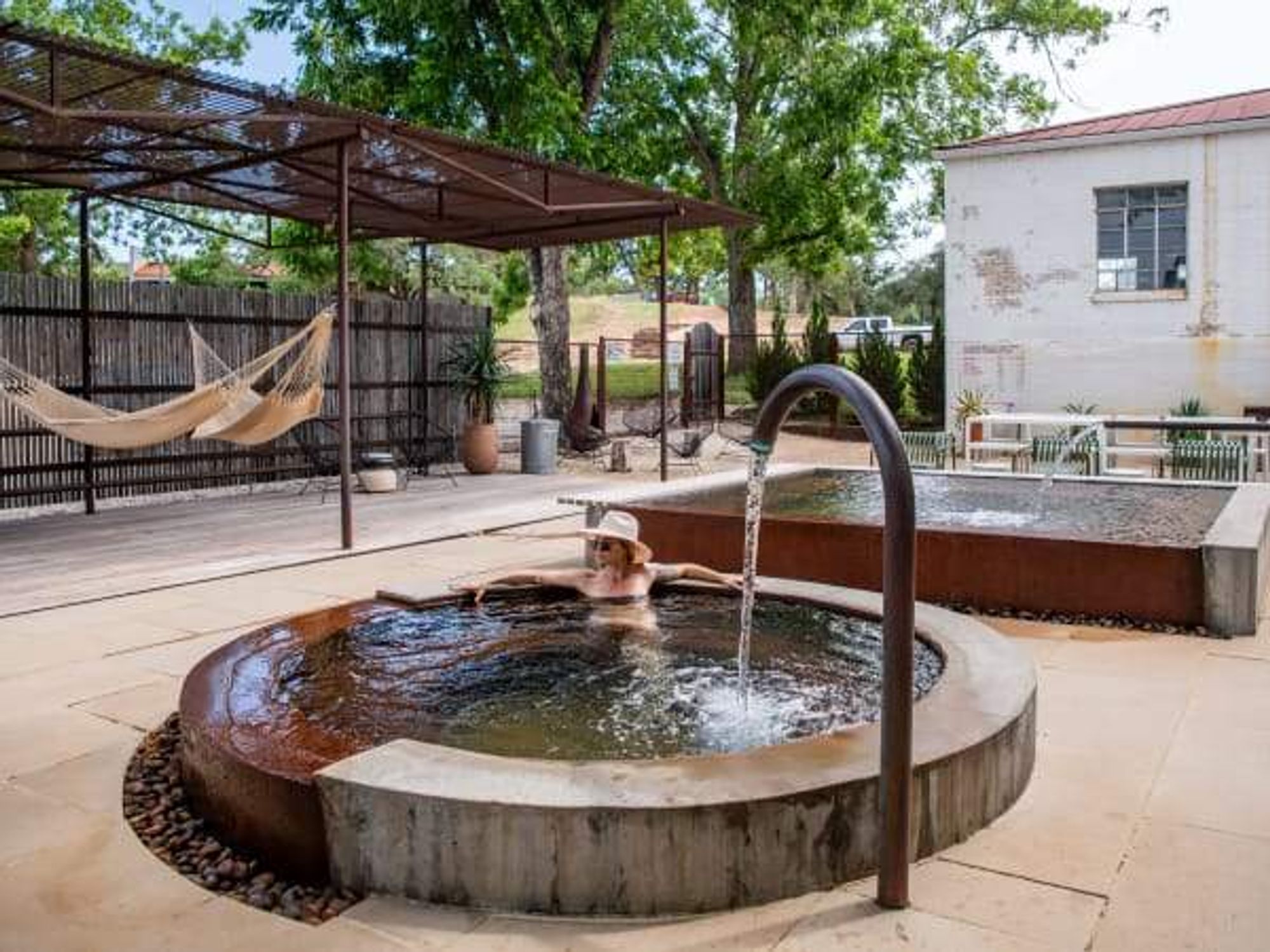For the birds
New 11-acre wildlife preserve blooms in pristine Hill Country setting
Nestled in a pocket of tiny towns with cute geological names — Marble Falls, Granite Shoals — Horseshoe Bay merges luxury into some of the first real wilderness outside the Austin metropolitan area. While most Hill Country day trips bring travelers straight west, Horseshoe Bay brings them through a less traversed path, roughly 60 miles northwest, up the swerving bends of the Colorado River, eventually pooling into Lake Lyndon B. Johnson.
In this resort town, landscapes turn from open pastures to lakeside villas in the blink of an eye. Mansions line up on tendrils of land that puddle into the lake, snagging an improbable amount of waterfront property (and supported by a staggering number of stone arches). While Zillow litters its red dots along the shore ($7.1 million, $6.2 million, $3.6 million), the Horseshoe Bay Nature Park carves out an environmental haven in rebellion.
The area that now boasts a new 11-acre park had been designated as a building site for high-density condos, which community members were not shy about saying they did not want interrupting their views or quiet escape. The pushback was led by a mixed group of benefactors, including individual area residents making donations. Later, landscape designers Twistleaf and architecture firm Parkhill donated designs for an outlook deck at the highest point in the park, according to the Parkhill website, that took into account the way the sun moves in the West.
A half-mile sightseeing trail of crushed granite runs a loop around the perimeter of the elongated park, passing Chimney Swift towers (like skyscrapers for birds), wildlife watering stations, beehives, and bird blinds. In its early stages after its January 10 opening, the park is emphasizing the diversity of bird life, boasting “flourishing” populations, including “black-bellied whistling ducks, painted buntings, scissor-tailed flycatchers, Bell’s Vireos, and yellow-billed cuckoos,” per a release.
The park categorizes its land using eight distinct “ecological zones,” among them woodlands, a boulder draw (ravine), and three kinds of oak mottes. The diversity of these zones ensures a better diversity of wildlife can be seen around the park. They foster flora such as yucca and Texas wildflowers, as well as countless fauna less likely to be seen in the city, like jackrabbits.
An extensive but economically paced learning section on the park’s website provides information about nearly everything to see, and can be used to set new goals for more visits than even the most ambitious Horseshoe Bay residents could plan.
The Horseshoe Bay Nature Park is open now at 1514 Golden Nugget. For more information or to make a donation, visit hsbpark.org.




 Dripping Springs Social is the perfect venue for an escape into the Hill Country. Photo courtesy of Vrbo
Dripping Springs Social is the perfect venue for an escape into the Hill Country. Photo courtesy of Vrbo